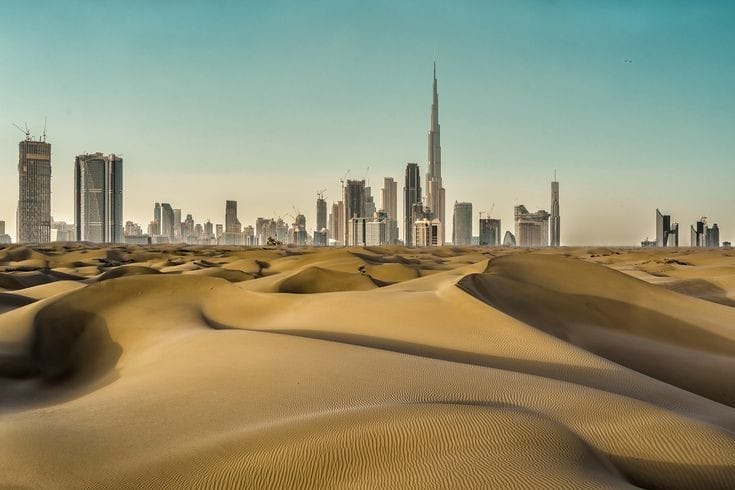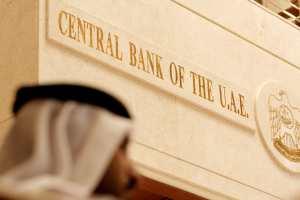The Evolution of Architecture in the UAE: From Traditional to Modern and Sustainable
The architecture of the United Arab Emirates (UAE) has undergone a significant evolution over the past few decades. From traditional mud-brick buildings to modern skyscrapers, the country’s architecture reflects its history, culture, and economic development.
Traditionally, the architecture of the UAE was characterized by simple, functional buildings made of locally available materials such as mud and coral stone. These buildings were designed to protect against the harsh desert environment, with thick walls and small windows to keep out the heat and sand. Traditional buildings in the UAE were also notable for their decorative elements, including intricate geometric patterns and calligraphy.
The development of the oil industry in the 1950s and 1960s brought rapid economic growth to the UAE, and with it, a demand for modern, Western-style buildings. This led to the construction of a number of high-rise buildings in the 1970s and 1980s, including the iconic National Bank of Dubai building, which was one of the first skyscrapers in the country.
In the 1990s, the UAE’s architecture began to evolve in response to its growing role as a global hub for trade and tourism. The construction of iconic buildings such as the Burj Al Arab hotel and the Emirates Towers marked a departure from the boxy, utilitarian buildings of the past, with their distinctive shapes and bold use of materials.
In the early 2000s, Dubai in particular became known for its ambitious architectural projects, with a number of record-breaking buildings under construction at the same time. The Burj Khalifa, the world’s tallest building, was completed in 2010, and other notable buildings include the sail-shaped Burj Al Arab hotel, the twisting Cayan Tower, and the Dubai Frame, a massive structure that frames views of the city.
In recent years, the UAE’s architecture has evolved to reflect a greater emphasis on sustainability and innovation. With its arid climate and limited resources, the UAE has become a pioneer in sustainable building practices, with a number of buildings incorporating features such as solar panels, green roofs, and rainwater harvesting systems.
The UAE’s architecture also reflects its Islamic heritage, with many buildings featuring traditional Islamic elements such as domes, arches, and intricate geometric patterns. The Sheikh Zayed Grand Mosque in Abu Dhabi, for example, is a stunning example of Islamic architecture, with its white marble domes, minarets, and elaborate floral patterns.
The UAE’s architecture is also notable for its use of technology, with many buildings incorporating cutting-edge features such as smart lighting, automated shading systems, and advanced building management systems. This focus on technology and innovation has helped the UAE establish itself as a leader in the global construction industry.
In conclusion, the evolution of architecture in the UAE reflects the country’s history, culture, and economic development. From traditional mud-brick buildings to modern skyscrapers, the UAE’s architecture has undergone a remarkable transformation in a relatively short period of time. Today, the country is known for its innovative and sustainable building practices, its incorporation of traditional Islamic elements, and its use of cutting-edge technology. As the UAE continues to grow and develop, its architecture is sure to continue to evolve and impress.





